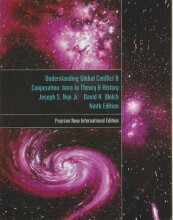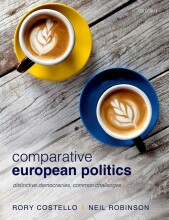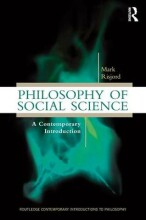Tracey, Sarah J. (2019) Qualitative Research Methods: Collecting evidence, crafting analyses, communicating impact. Hoboken NJ: Wiley and Sons
24 important questions on Tracey, Sarah J. (2019) Qualitative Research Methods: Collecting evidence, crafting analyses, communicating impact. Hoboken NJ: Wiley and Sons
In which four ways can paradigms differ?
What do researchers from the positivist/realist paradigm assume?
What is different from the post-positivist paradigm?
- Higher grades + faster learning
- Never study anything twice
- 100% sure, 100% understanding
What is triangulate and why do (post)-positivists like to use it?
What do interpretivists/constructivists think about reality?
What does "verstehen" mean in science?
What is hermeneutics and how does this correspond with the constructivist view?
What is critical paradigm?
How is determined if critical research falls under the modern (positivist/realist) camp or into the "post" (modern/structuralist/humanist) camp?
What is the definition of hegemony by Gramsci and how does it links with critical theory?
What are the key assumptions that the critical paradigm of feminism holds?
What are highlights of the feminist approach?
What are examples of post paradigms and what is a characteristic of those?
Why is reality thought to be nearly impossible to represent?
What does it mean when a problem is sedimented?
What is the crisis of representation for "post" paradigm?
What are some concepts that are typically "post" paradigm?
Hyperreality = the idea that many representations are constructed but lack a "real" referent
Simulacrum = a representation that is a copy of something that never actually existed
Deconstructionism/Différance = Derrida (1982), key principales are to draw attention to symbols that are absent
What is the problem of incommensurability?
What are the three levels in which something can be researched?
What does tabula rasa mean in terms of grounded theory?
What is the difference between ethnography and ethnography of communication (EOC)?
What is the meaning of unique adequacy requirement?
Many autoetnographies are marked by intersectionality; what is this?
What is arts-based research (ABR)?
The question on the page originate from the summary of the following study material:
- A unique study and practice tool
- Never study anything twice again
- Get the grades you hope for
- 100% sure, 100% understanding





























